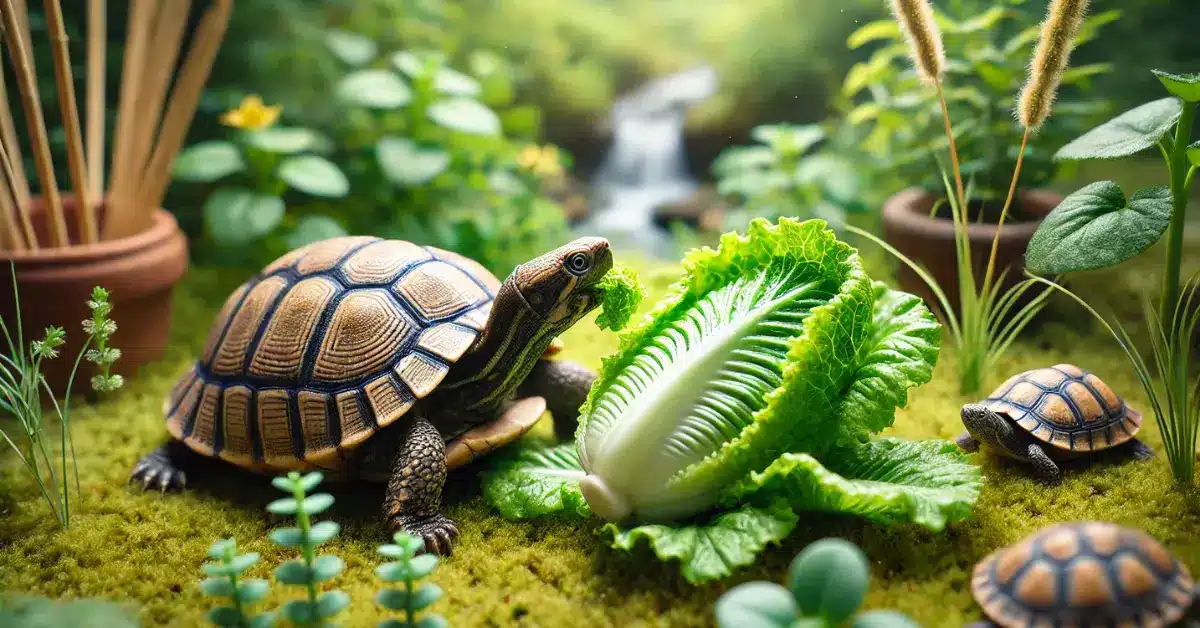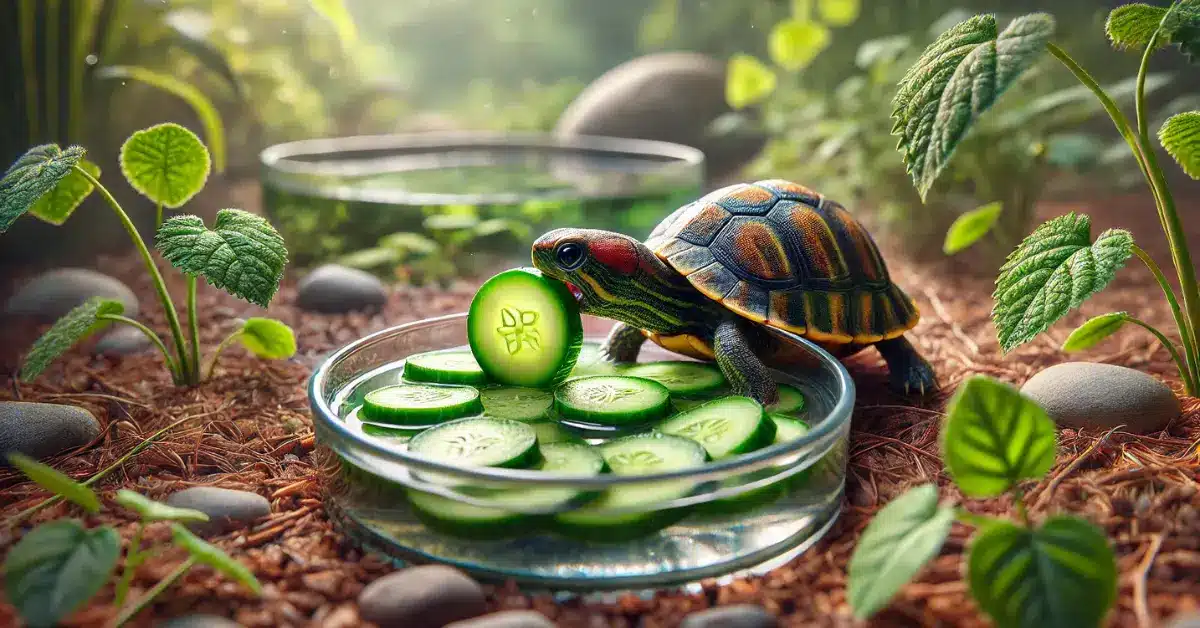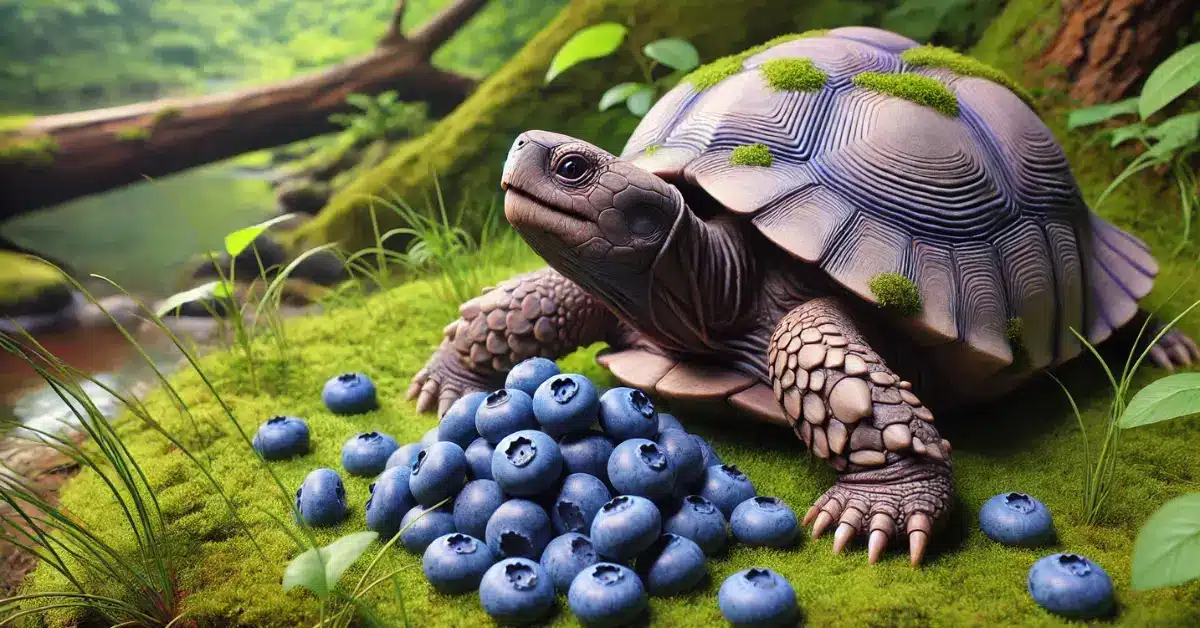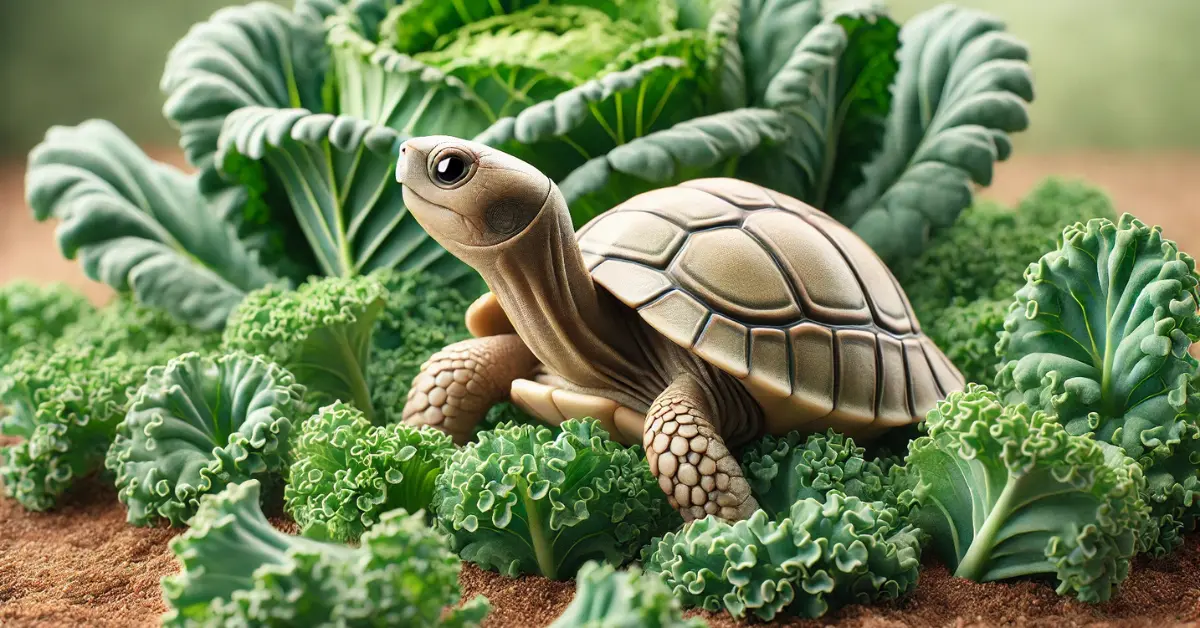When talking about turtles, an interesting question pops up: “Why do turtles hate black color?” You might have seen videos of turtles bumping into black shoes. To understand this, we need to explore how turtles behave. These old creatures often hide in their shells when they’re scared or stressed. They also seem to act unfriendly towards dark colors like black. This shows that turtles have a special reaction to the color black.
Table of Contents
ToggleWhy Do Turtles Dislike the Color Black?
Have you ever wondered if turtles like or dislike certain colors? Today, we’re going to find out how turtles see colors, including black, and why this matters to them.
Turtle Vision and Color Perception
How Turtle Eyes Work
Turtles have amazing eyes that work a bit differently from ours. While we humans have three types of cells in our eyes to see colors, some turtles have up to five types! This lets them see a wider range of colors than we can, even including ultraviolet light, which is a type of light we can’t see at all.
Color Spectrum Visible to Turtles
Because turtles have these extra cells in their eyes, they can see colors more brightly and clearly than we do. This super vision helps them find food, avoid danger, and even choose a mate. The colors turtles can see best depend on the kind of turtle and where it lives.
Differences Between Aquatic and Terrestrial Turtle Vision
Turtles that live in the water see colors differently from turtles that live on land. Aquatic turtles, which spend a lot of time under water, are better at seeing blues and greens. This is because these colors are more common underwater. On the other hand, land turtles see reds and oranges better because those colors are more common on land.
Turtles and Dark Colors in Nature
Role of Dark Colors in Turtle Habitats
Dark colors play an important role in the habitats where turtles live. In nature, darker colors are often found in things like soil, rocks, and shaded areas under plants. These dark colors can absorb more heat from the sun, which is very useful in colder environments. For turtles, recognizing and reacting to these colors can help them decide where to go for warmth or where to hide.
Camouflage and Protection
One of the main reasons turtles might be wary of dark colors is camouflage. Many turtles have shells and bodies that blend in with their natural surroundings, which can include dark colors. This camouflage helps protect them from predators. For example, a turtle that can blend in with the dark, muddy bottom of a pond might be harder for a predator to spot.
Basking Behavior and Dark Surfaces
Turtles love to bask in the sun, especially after a cold night. They often choose dark-colored rocks or logs to sit on because these surfaces get warmer faster under the sunlight. The warmth helps turtles regulate their body temperature. So, while turtles might be cautious around dark colors in some situations, they also use dark-colored objects to their advantage when it comes to staying warm.

What Colors Do Turtles Like?
Let’s dive deeper into the colorful world of turtles. We already talked about why turtles might not like black, so now let’s find out which colors they do like and why these colors appeal to them.
Turtles and Bright Colors
Turtles usually prefer bright colors. These colors are like those in their homes—think of the bright greens of plants and the clear blues of water. Bright colors help turtles see better in their environments, especially underwater where light can help make things easier to see.
The Appeal of Blue and Green
Blue and green are some of the favorite colors for many turtles. These colors are everywhere in their world, like water and plants. When turtles see these colors, they think of safety, plenty of food, and good places to hide from danger. Loving these colors helps turtles find the best spots to live and eat.
Red and Yellow: Interesting but Be Careful
Turtles are also curious about red and yellow. These bright colors might remind them of ripe fruits or flowers, which some land turtles eat. But these colors can also mean danger, like poisonous plants or animals, so turtles have to be careful around them.
Read more: How Long Can a Turtle Go Without Eating?
Conclusion
Here at Theturtles.info, we’ve had a fun time learning how turtles see colors and what colors they like or don’t like. We found out why turtles might not like the color black and what colors make them happy.
Turtles can see many colors, even ones that we can’t see at all. This helps them find food, stay safe from things that might hurt them, and pick the best spots to warm up in the sun.
We learned that black might scare turtles because it can mean danger or cold, but bright colors like blue and green make them feel safe. These colors remind them of water and plants where they can find food and hide. Reds and yellows are also neat for turtles because they might mean there are sweet fruits or flowers to eat, but these colors can also warn them of danger.
By knowing what colors turtles like and don’t like, we can help keep their homes safe and make sure they have what they need.
We love sharing these fun facts about why do turtles hate black color with you here at Theturtles.info. The more we understand about turtles, the better we can assist them and appreciate their vibrant world. Let’s continue learning about and caring for turtles together!!
Frequently Asked Questions (FAQs) About Why Do Turtles Hate Black Color
Q: Do turtles really dislike the color black?
A: People sometimes think that turtles don’t like the color black, but that’s not exactly true. Turtles don’t feel the same way about colors as we do. They might act differently around certain colors, but that doesn’t mean they dislike them.
Q: Why might turtles react negatively to black?
A: Turtles could react to black if it makes it hard for them to see well or if they think it’s something scary. In the wild, dark places might be where predators hide, so a turtle might stay away from dark colors like black just to be safe.
Q: How do turtles see colors?
A: Turtles can see many colors. Their eyes work a bit differently than ours, helping them to see better underwater and find their food. They might not act the same way around all colors because of how they see them.
Q: Can the color of things change how turtles behave if they are pets?
A: Yes, the colors around pet turtles can make them act differently. They might like bright colors more because they are easier to see and more fun. If turtles don’t like black items, they might be harder to see or not as interesting to them.
Q: What should turtle owners do if their turtle avoids black things?
A: If you have a turtle and it doesn’t go near black things, try using other colors to see if it likes them better. Keep an eye on what your turtle does around different colors. You want to make sure your turtle is happy and feels safe at home.






